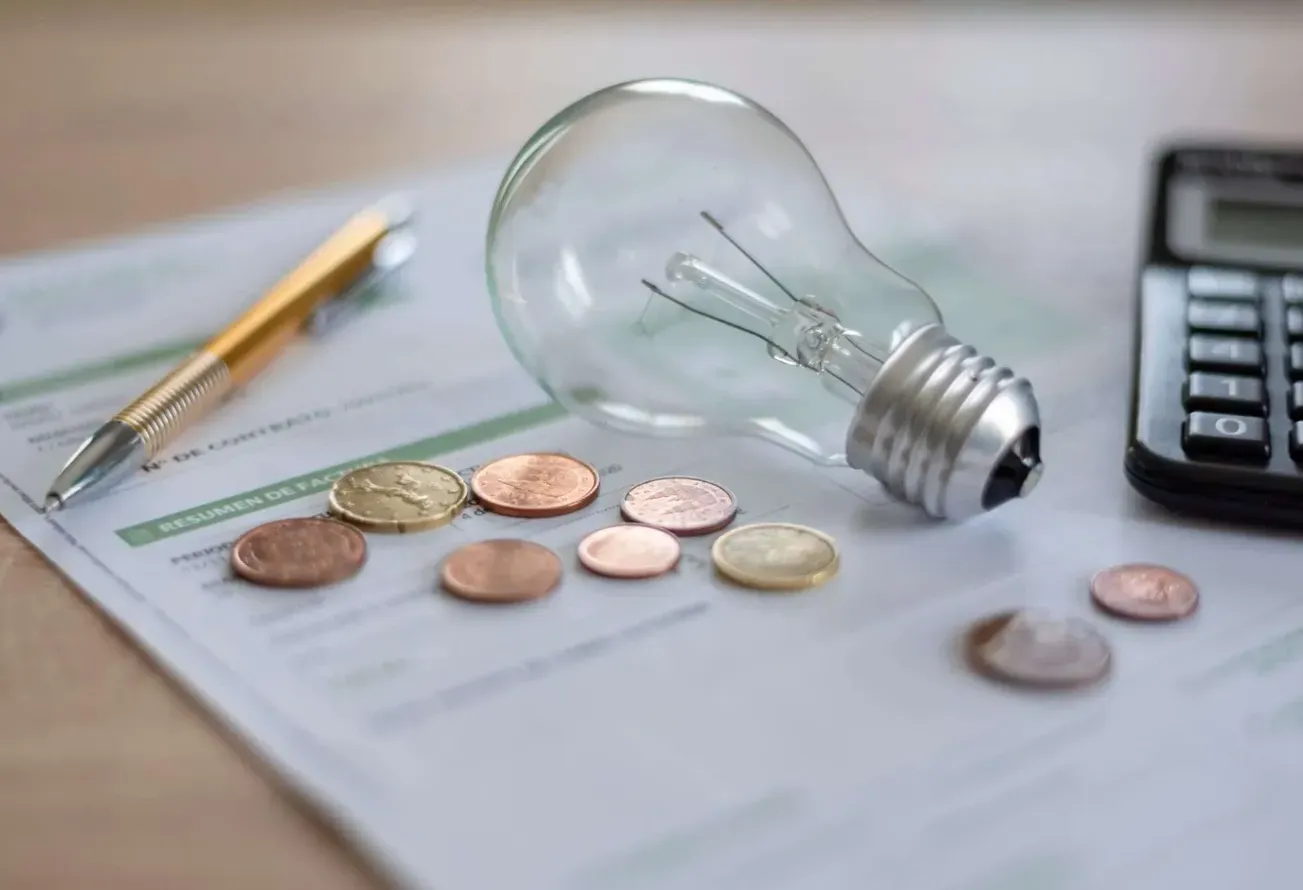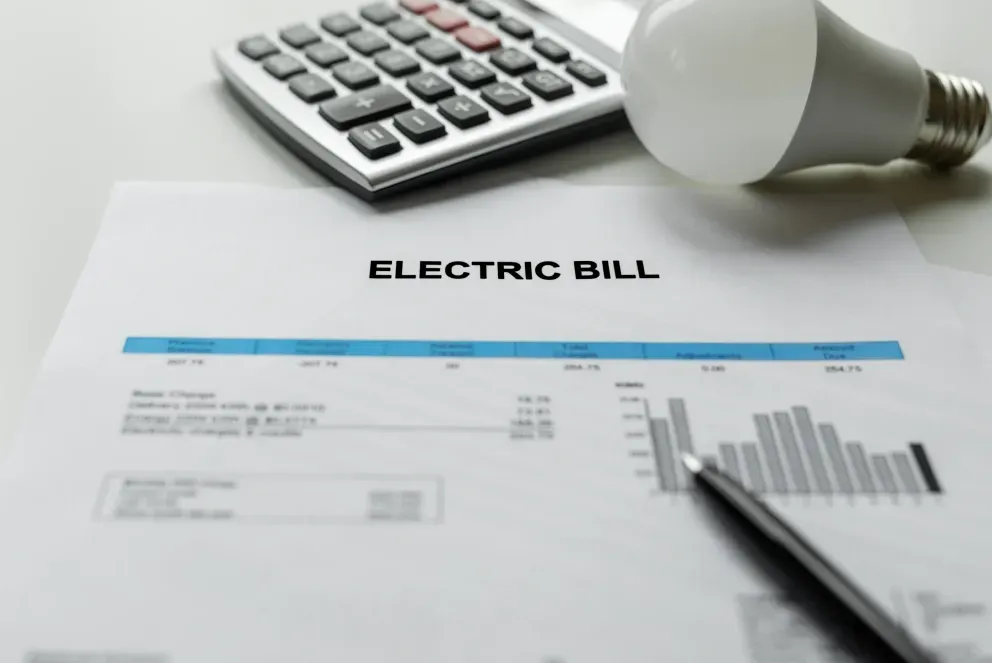Decoding Your Electricity Bill: Smart Home Hacks to Reduce Consumption

By
Shrusti Naik
Posted on September 4, 2025. 10 mins

Decoding Your Electricity Bill: Smart Home Hacks to Reduce Consumption
Introduction

Every month, millions of Indian households open their electricity bills with a mix of curiosity and dread. Rising power tariffs, inefficient appliances, and lifestyle shifts have made energy costs a significant share of household expenses. In fact, electricity prices in India have risen by nearly 15–20% in the last three years across major cities, driven by higher fuel costs and infrastructure upgrades.
Yet, while most families pay their bills unquestioningly, few pause to understand what each line item means, or how small behavioural changes can cut costs dramatically. Whether you live in Mumbai, Bengaluru, or Tier-2 cities like Nashik, decoding your electricity bill is the first step to taking control of energy consumption. With the right smart home hacks, homeowners can not only lower expenses but also contribute to India’s broader sustainability goals.
This guide unpacks how to read your electricity bill, identifies hidden costs, and offers practical, India-specific solutions to reduce consumption without compromising comfort.
Understanding Your Electricity Bill in India
At first glance, an electricity bill may appear as a jumble of numbers and terms. But each component has meaning and understanding them reveals where your money actually goes.
Key components include:
- Fixed charges: A monthly fee regardless of usage, often based on sanctioned load (the maximum power you’re allowed).
- Energy charges: Billed in units (kWh), representing your actual consumption.
- Fuel adjustment charges: Variable costs reflecting coal, gas, or renewable energy fluctuations.
- Electricity duty and taxes: Levies imposed by state governments.
For example, a Delhi household consuming 300 units a month may find that nearly 25-30% of the final bill comes not from usage but from fixed charges and surcharges.
This highlights why reducing consumption alone is not enough, you must also optimize your sanctioned load, adopt efficient appliances, and avoid peak-hour surcharges in states where time-of-day tariffs are applicable. Also, Check out our blog on Gross Monthly Income.
Why Indian Households Consume More Power Than They Realize
While per-capita electricity use in India is still lower than the global average, it has been growing at 7–8% annually in urban households. Several factors explain this:
- Rising appliance ownership: Air conditioners, geysers, washing machines, and microwave ovens are now middle-class essentials.
- Inverter and standby losses: Many homes keep appliances plugged in, leading to phantom loads.
- Urban density: Apartment complexes often use lifts, pumps, and lighting that increase common-area consumption, shared via maintenance bills.
- Lifestyle changes: Remote work has led to longer hours of electricity use during the day, raising monthly averages by 10–12% post-pandemic.
Simply put, households underestimate how daily habits—from leaving fans running to using old refrigerators, compound into thousands of extra rupees annually. Besides, Read our Blog on How to Save Money for a House.
Smart Home Hacks for Reducing Electricity Consumption
The good news is that modern technology and simple lifestyle tweaks can lower electricity bills by 15–25% annually without major sacrifices.
1. Upgrade to Energy-Efficient Appliances The Bureau of Energy Efficiency (BEE) star-rating system is India’s gold standard for efficiency. A 5-star refrigerator consumes nearly 40% less power than a 2-star model. Similarly, inverter ACs and LED lighting offer significant savings. Though upfront costs are higher, payback often occurs within 2-3 years through lower bills.
2. Optimize Cooling and Heating Air conditioning accounts for the largest share of household electricity in Indian metros. The Ministry of Power recommends setting ACs at 24–26°C, which can cut power consumption by 20% compared to settings at 18-20°C. Ceiling fans with BLDC motors further enhance efficiency, consuming just 30W compared to traditional 75W fans.
3. Eliminate Phantom Loads Devices on standby, TVs, routers, chargers, continue drawing current. Studies show standby power can contribute 5-10% of household electricity use. Using smart plugs or power strips with master switches helps eliminate these hidden costs.
4. Harness Solar for Daytime Loads Residential solar adoption is picking up, with rooftop capacity crossing 11 GW in 2025 (Source: Invest India, 2025). Even small 1–2 kW setups can offset daytime loads for fans, lights, and small appliances. Government subsidies of up to 40% for rooftop solar systems make it increasingly affordable.
5. Time Your Consumption Wisely Several state electricity boards (e.g., Maharashtra, Tamil Nadu) now offer time-of-day tariffs, where peak-hour usage costs more. Running washing machines or geysers during off-peak hours directly lowers bills.
These hacks, when combined, create not just savings but a lifestyle shift toward conscious energy use. Read our Blog on How to Create a Smart Home on a Budget.
Smart Meters and Digital Monitoring: The Future of Energy Savings
India is undergoing a nationwide rollout of smart meters, with over 100 million installations planned by 2026 (Source: Ministry of Power, 2025). Unlike traditional meters, smart meters provide real-time consumption data, accessible through mobile apps.
For homeowners, this means:
- Tracking usage patterns daily instead of monthly.
- Identifying which appliances spike consumption.
- Receiving alerts when consumption crosses thresholds.
Pilot projects in Uttar Pradesh and Bihar show that households using smart meters reduced consumption by 8-10% within months, simply by becoming aware of their usage patterns. In the long term, smart meters will integrate with home automation systems, enabling auto-cutoffs for idle devices and AI-driven efficiency suggestions. Also, Read our Blog on Loans Against Mutual Funds.
Balancing Savings with Sustainability
While cost reduction is the immediate incentive, lowering electricity use also supports India’s climate goals. The government aims to achieve 50% of installed power capacity from non-fossil fuel sources by 2030 (Source: RBI Bulletin, June 2025).
Households play a key role in this transition. By choosing solar, reducing wastage, and shifting to efficient appliances, homeowners not only save money but also reduce the strain on India’s grid, still heavily reliant on coal.
In fact, studies show that if even 20% of Indian households adopt BEE 5-star appliances, the nation could save enough electricity annually to power an entire state like Goa. Thus, energy efficiency is not just a personal financial strategy but a collective responsibility. Read A Beginner’s Guide to Filing Income Tax Returns
Conclusion

Electricity bills no longer need to be a source of anxiety. By decoding the line items, Indian homeowners gain clarity on where costs arise. More importantly, adopting smart home hacks, from energy-efficient appliances and solar panels to digital monitoring and load optimization, can cut annual bills by 15-25%.
For a country where urban energy demand is rising at unprecedented rates, these steps serve a dual purpose: lowering household expenses while advancing national sustainability. The key takeaway? Energy efficiency is the new financial prudence. By managing your electricity bill wisely today, you invest not only in your wallet but also in India’s energy future.
Frequently Asked Questions
Q1. How can I calculate my electricity consumption at home? You can calculate consumption by multiplying an appliance’s wattage by hours used daily, dividing by 1,000, and multiplying by tariff rates. Smart meters and plug-based monitors make this process easier.
Q2. Do smart plugs really save electricity in India? Yes. Smart plugs help cut phantom loads by automatically switching off idle devices. Over time, this reduces unnecessary wastage, particularly in homes with multiple appliances.
Q3. Is rooftop solar worth the investment for a middle-class household? Yes. With government subsidies and falling panel prices, payback periods for rooftop solar now range between 4–6 years, making it financially viable for urban homeowners.
Q4. Which appliances consume the most electricity in Indian homes? Air conditioners, water heaters, refrigerators, and washing machines are the biggest contributors. Inverter technology and star-rated models significantly reduce their consumption.
Q5. Are time-of-day tariffs applicable everywhere in India? Not yet. They are currently offered in select states like Maharashtra and Tamil Nadu, but more states are expected to adopt them as smart meters roll out nationally.